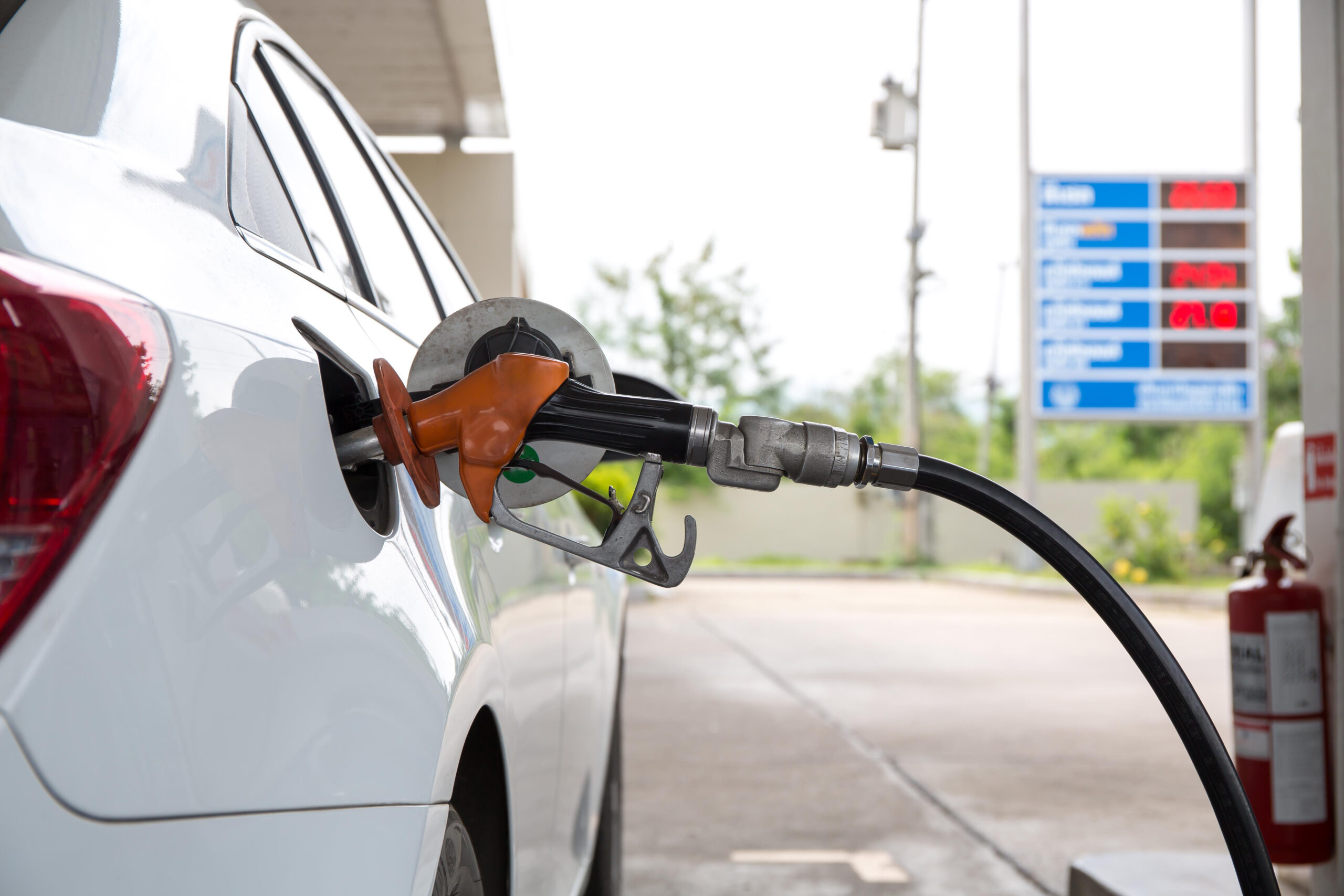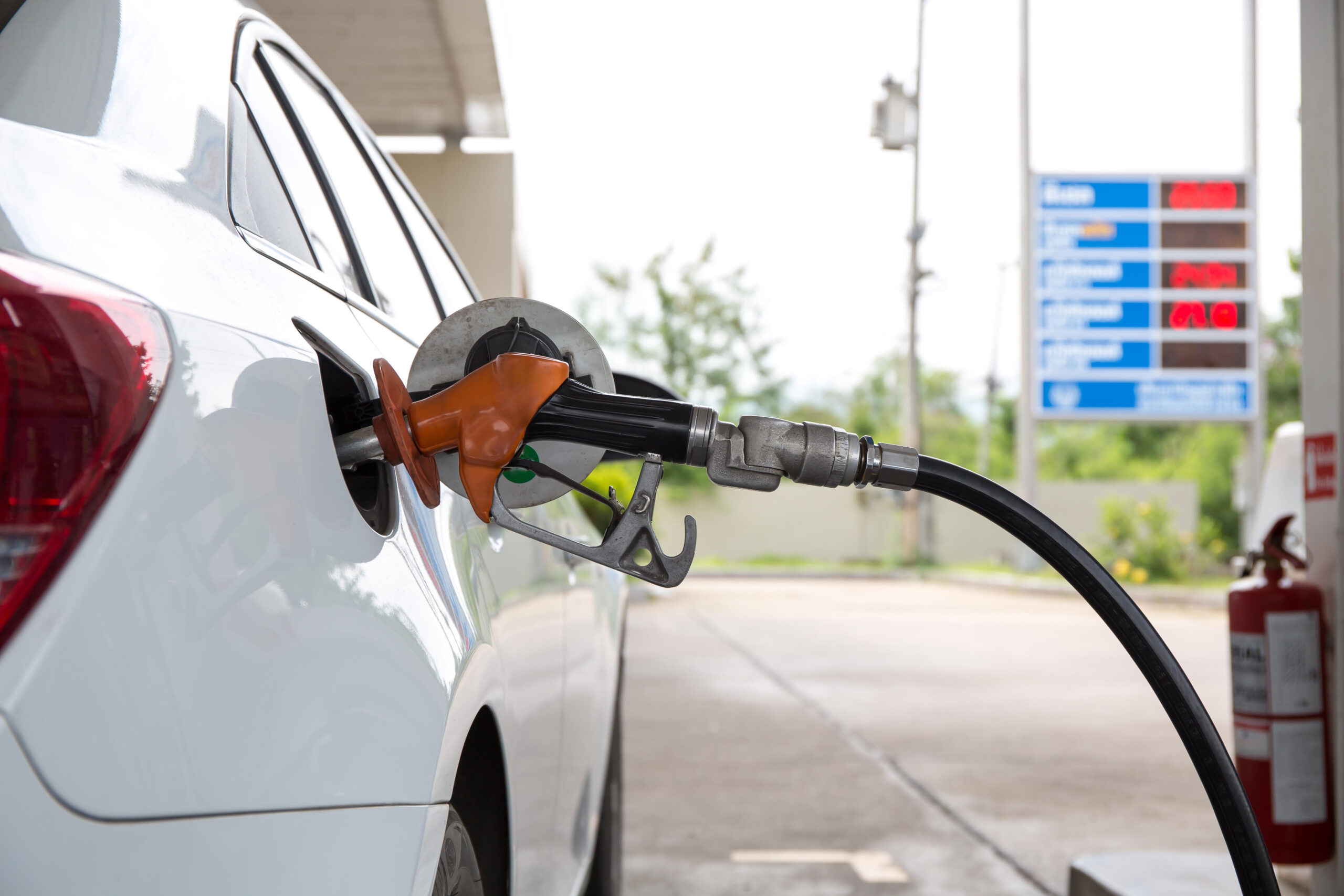
The Pulse of Petrol: Analyzing Current Gas Prices
As the sun blazes down on South Florida, signaling the commencement of the summer vacation season, a significant concern for many residents and tourists alike remains – the fluctuating price of gasoline. This article provides a detailed examination of the current gas prices in Florida, offering insights into the regional variations, expert opinions, and strategies for finding the most affordable fuel options. We will dive into the specifics of gas prices in South Florida, including Miami-Dade, Fort Lauderdale, and West Palm Beach/Boca Raton, and contrast them with the statewide and national averages. Our aim is to equip you with the knowledge to navigate the fuel market effectively and make informed decisions when filling up your tank. Understanding the dynamics of gas prices involves looking at several influencing factors, from the supply and demand of crude oil to the operational efficiency of refineries. These elements collectively shape the cost at the pump. So, whether you’re a daily commuter, a weekend traveler, or planning a longer trip, it’s beneficial to stay informed about these trends.
South Florida’s Fuel Costs: A Closer Look
Within the vibrant and bustling Miami-Dade area, the average gas price has seen a slight uptick compared to the previous week. As of the provided date, the average price stood at $3.05 per gallon, reflecting a marginal increase of half a cent. However, this figure presents a more optimistic picture when compared to the broader time frame; prices are notably 14 cents lower than a month ago and a significant 30 cents lower than the same period last year. The range of prices in the Miami area varies considerably, with the lowest reported price at $2.59 per gallon and the highest reaching $3.99, highlighting the importance of shopping around for the best deals. Further north, in Fort Lauderdale, the price has remained stable at $3.09, showing no change from the prior week, according to AAA. Meanwhile, the West Palm Beach and Boca Raton region are experiencing a slightly higher average at $3.24 per gallon. These regional nuances underscore the dynamic nature of gas prices and the value of staying updated on local trends.
Florida’s Fuel Landscape: Statewide and Beyond
Moving beyond the immediate South Florida area, the average gas price across the state of Florida is $3.06 per gallon, a decrease of one penny from the previous week. This figure represents a snapshot of the broader market, with variations evident across different regions within the state. North Florida continues to offer the most affordable options, with several areas boasting prices below $3 per gallon. Conversely, Naples and Palm Beach County are among the more expensive locations for fuel. In the meantime, as you venture outside of the state, the national average price for a gallon of gas is $3.12, showing a slight decrease of two cents from the previous week. To give you an idea of the situation, various other locations across Florida, such as Bradenton/Sarasota, Daytona Beach, Fort Myers, Gainesville, Jacksonville, Lakeland, Orlando, Panama City, Pensacola, Port St. Lucie, Space Coast, Tallahassee, Tampa/St. Pete, and The Villages, all exhibit unique price points, providing a comprehensive view of the state’s fuel market.
Expert Insights: Decoding the Market Trends
Patrick De Haan, a leading petroleum analyst at GasBuddy, offers valuable insights into the recent trends and future projections of gas prices. De Haan notes that gas prices have generally decreased in most states over the past week, primarily due to refineries increasing their output and the subsequent surge in gasoline supplies. While some states may experience ‘price cycling’, a pattern of sharp drops followed by sudden spikes, the overall downward trend aligns with typical summer dynamics. The expert believes the increase in crude oil prices could affect gas prices, however, for the immediate future, major shifts at the pump are unlikely. These insights from De Haan are crucial for understanding the present market conditions and anticipating future price movements. Therefore, it enables consumers to make informed decisions about their fuel purchases. The impact of this is more than just financial; it’s about preparing for the shifts in how we live, especially during peak travel periods.
Smart Strategies: Finding the Cheapest Fuel
In the face of fluctuating gas prices, finding affordable fuel options is a constant endeavor for most drivers. One valuable tool in this quest is the GasBuddy app. This app is specifically designed to provide real-time information on gas prices in your local area, allowing you to compare prices at different stations and identify the cheapest options. The GasBuddy app is also equipped with a fuel tracker, providing updates on stations with or without fuel, which is particularly useful during times of supply fluctuations. Another tactic is to stay informed about gas price trends. This involves regularly checking local news sources and websites like AAA and GasBuddy. Planning your fill-ups is a great way to save money. Filling up the car when gas prices are lower. Lastly, consider your driving habits. Aggressive driving can use more fuel, while driving at a consistent speed can improve fuel efficiency and save money.
In Conclusion: Staying Informed on the Road Ahead
As we navigate the evolving landscape of gas prices, staying informed is key. Understanding the regional variations, expert opinions, and available tools, such as the GasBuddy app, can help you make informed decisions and potentially save money. While prices have shown some fluctuations, the overall trends suggest a market that responds to supply, demand, and external factors like the price of crude oil. Whether you’re a local commuter or a long-distance traveler, the ability to stay updated on these market dynamics is invaluable. With the summer travel season in full swing, it’s more crucial than ever to stay informed and adapt to the fuel market’s ongoing changes. This continuous awareness empowers you to make smart choices and enjoy the road ahead.



